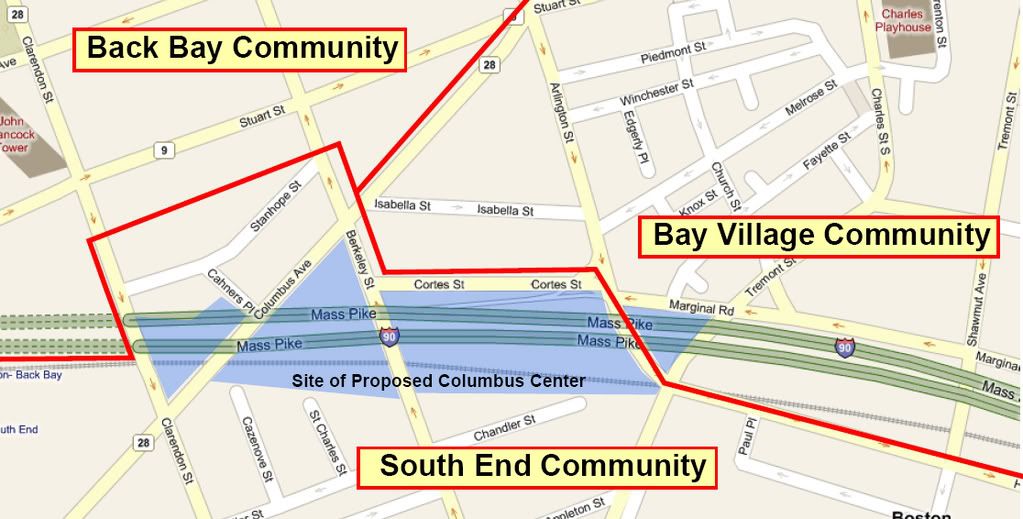pelhamhall
Active Member
- Joined
- Jan 4, 2008
- Messages
- 855
- Reaction score
- 0
Re: Columbus Center
Statler - The developers of Columbus Center didn't "fail" they just ran into bad market timing.
There's a lot of debate here on this project, and that's great, but the reality is that the NIMBYs tried to stop the project and they failed. The project moves forward. Now the market timing is off, so they'll wait and build when the capital markets loosen. The proposed 18 month delay has nothing to do with the barking wackos, the project has been approved with huge and widespread public support. Everyone in the city knows what a fantastic project this is, and everyone wants it built - except maybe a handful of "those types" and we'll always have "those types" on any development. Right now, it's just a capital markets issue.
Statler - The developers of Columbus Center didn't "fail" they just ran into bad market timing.
There's a lot of debate here on this project, and that's great, but the reality is that the NIMBYs tried to stop the project and they failed. The project moves forward. Now the market timing is off, so they'll wait and build when the capital markets loosen. The proposed 18 month delay has nothing to do with the barking wackos, the project has been approved with huge and widespread public support. Everyone in the city knows what a fantastic project this is, and everyone wants it built - except maybe a handful of "those types" and we'll always have "those types" on any development. Right now, it's just a capital markets issue.

